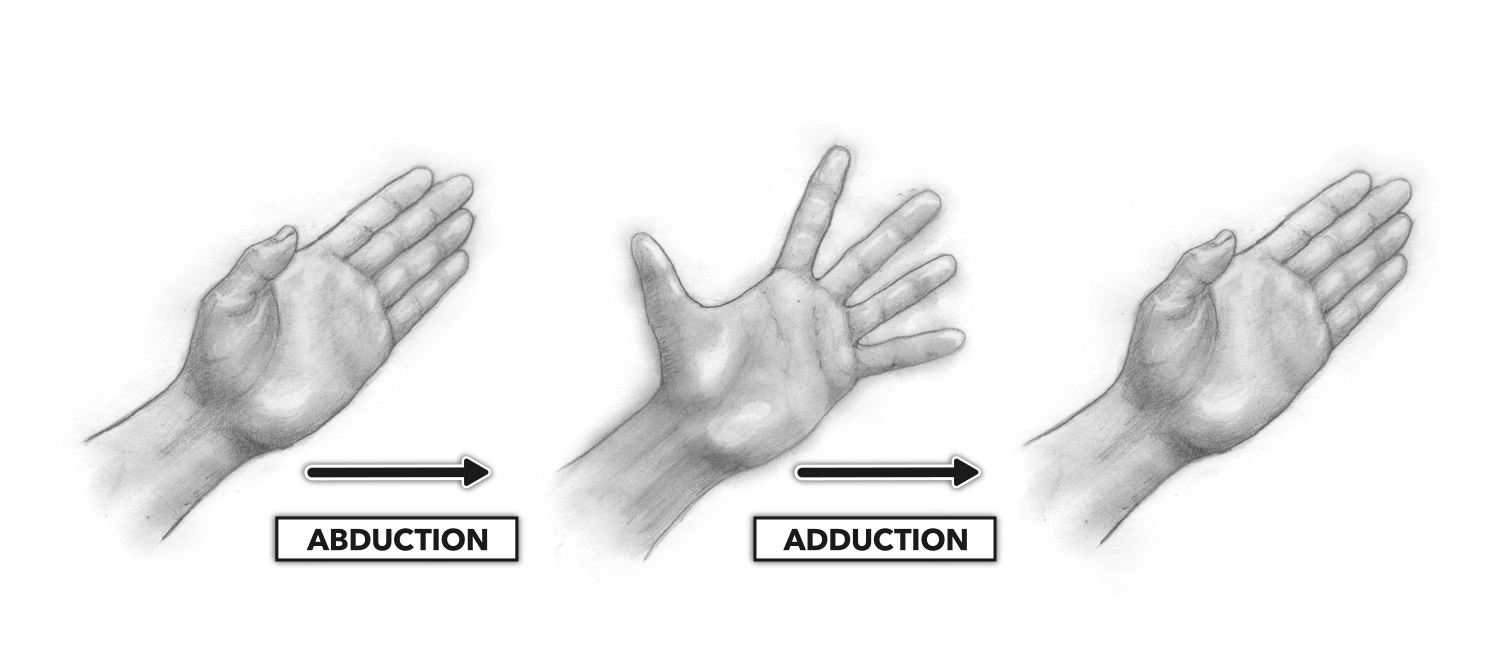

In severe cases, surgery may be necessary. Shoulder separation: A separated shoulder happens when the ligaments tear between the collarbone and the shoulder blade.This friction, called shoulder impingement syndrome, leads to joint pain and inflammation. Shoulder impingement syndrome: Your shoulder muscles or tendons rub against bones.Rotator cuff tears: Sometimes severe rotator cuff tears damage or dislocate the deltoid muscle.You may experience deltoid muscle pain or loss of muscle strength and mobility. This condition causes the muscle to stop repairing itself. Deltoid fibrosis: Repeated shoulder muscle injections can lead to fibrosis.The inflammation can make it hard to move your shoulder joint. Bursitis: Shoulder bursitis is inflammation of the bursa (tiny, fluid-filled sacs) in your shoulders.These issues can lead to shoulder weakness or numbness, especially around your deltoid muscle. Compression of or damage to the nerve can happen during surgery or due to a traumatic injury or overuse of a crutch. Axillary nerve palsy: The axillary nerve supplies sensation to the deltoid muscle.

Another name for adhesive capsulitis is frozen shoulder. It can cause shoulder pain, muscle spasms and stiffness. Adhesive capsulitis: This condition occurs when the capsule around your shoulder joint gets thick and stiff.What conditions and disorders affect deltoid muscles?Ĭonditions that may affect your deltoid muscles include: Skeletal muscles are red and white, making them appear striated (striped or streaked). These fibers make the muscles flexible, so they can perform lots of movements. Like other muscles in your body, deltoid muscles in your shoulder contain elastic fibers. You use your rear delts if you pitch a baseball. They connect to the flat surface of your shoulder blade. Posterior deltoids: Rear delts that help move your arm backward.You use your side delts if you do jumping jacks. They connect to your acromion, a bony nob on your shoulder blade. Lateral deltoids: Side delts that help move your arm out to the side, as well as up and down.You use your front delts if you reach for an object on a shelf. Anterior deltoids: The front delts that help move your arm forward.The deltoid muscles have three parts, or heads: The point of the deltoids attaches to the side of your humerus (the arm bone between your shoulder and elbow). The base of the deltoids connects to the upper part of your scapula (shoulder blade) and the side of your clavicle (collarbone). Tendons connect each of the three side to bones. The deltoid looks like an upside-down triangle. They’re superficial, which means they’re close to the surface of your skin. These nerves are responsible for signaling your muscles to work and to also relay sensations such as touch, pain and temperature.Your deltoid muscles crown your shoulder, covering the front, side and back of the joint. Three main nerves begin together at the shoulder the radial nerve, the ulnar nerve and the medial nerve. These two tendons are important to understand because they are common locations of tendonitis.Īll of the nerves that travel down the arm pass across the elbow. Most of the muscles that straighten the fingers and wrist come together and attach to the medial epicondyle, or the bump on the inside of your arm just above the elbow. The outside (lateral) bump just above the elbow is called the lateral epicondyle. The muscles in your forearm cross the elbow and attach to the humerus. The important tendons of the elbow are the biceps tendon, which is attached the biceps muscle on the front of your arm, and the triceps tendon, which attaches the triceps muscle on the back of your arm. There are tendons in your elbow that attach muscle to bone. A third ligament, the annular ligament, holds the radial head tight against the ulna. The important ligaments of the elbow are the medial collateral ligament (on the inside of the elbow) and the lateral collateral ligament (on the outside of the elbow.) Together these ligaments provide the main source of stability for the elbow, holding the humerus and the ulna tightly together. The joint capsule is a fluid filled sac that surrounds and lubricates the joint. The bones are held together with ligaments that form the joint capsule. Cartilage has a rubbery consistency that allows the joints to slide easily against one another and absorb shock. The ends of the bones are covered with cartilage. The elbow is a hinged joint made up of three bones, the humerus, ulna, and radius.


 0 kommentar(er)
0 kommentar(er)
